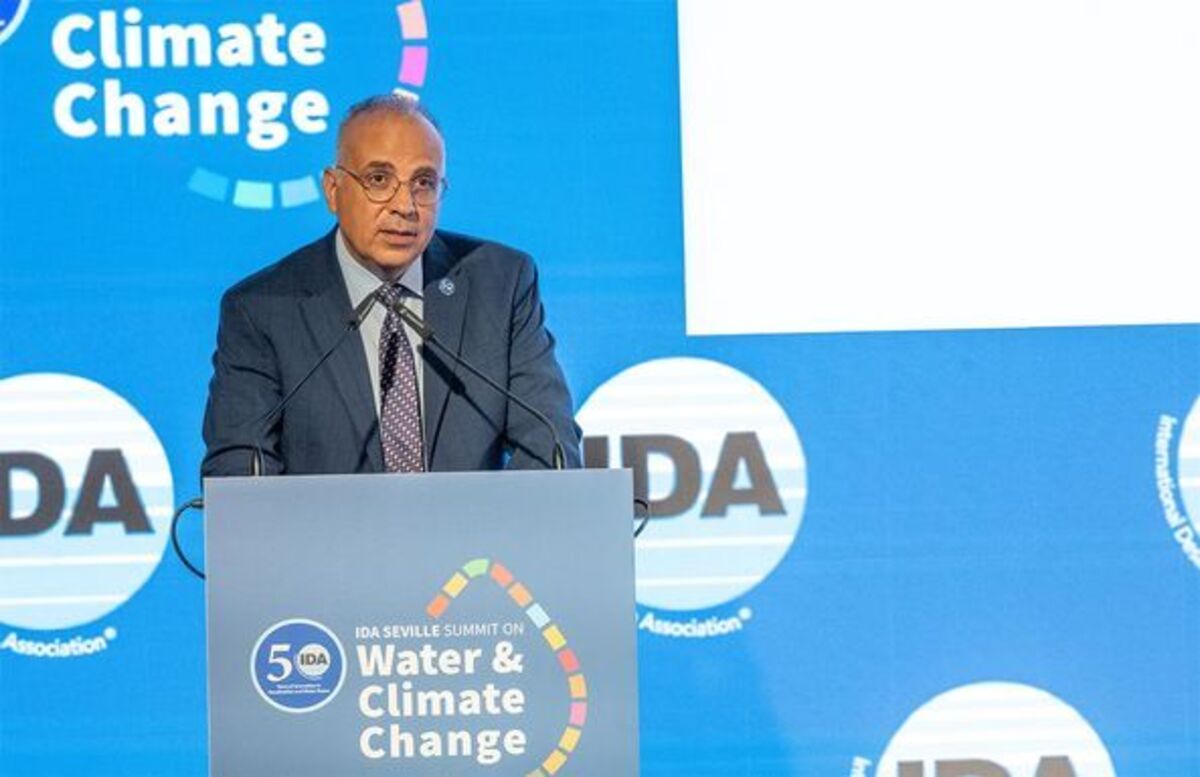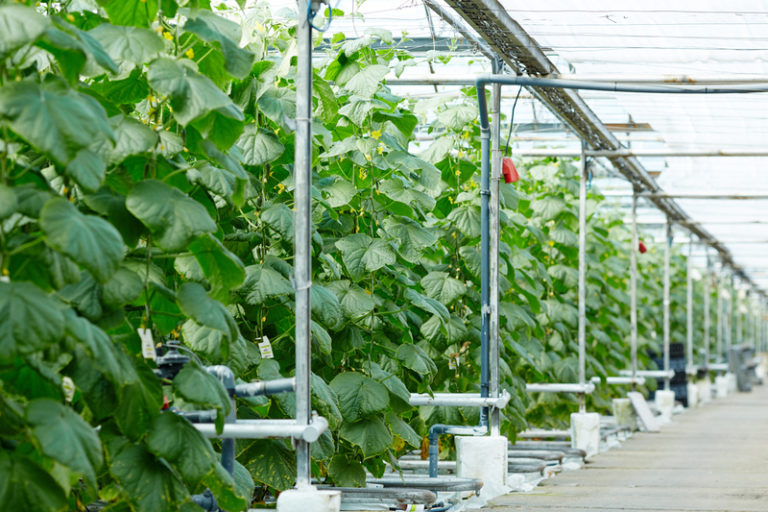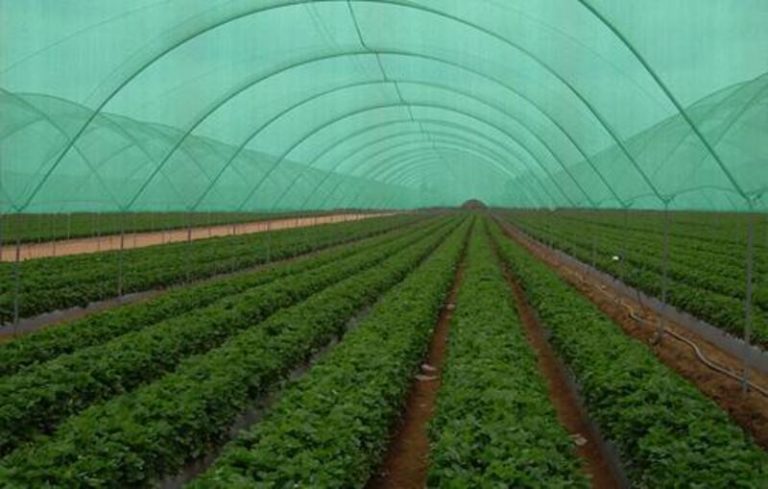MENA Water Crisis: Egypt’s Irrigation Minister Says Region is “Running Out of Time”
At the “International Association for Water Desalination” meeting in Spain, Egypt’s Minister of Water Resources and Irrigation, Hani Sewilam, made a strong case for the Middle East and North Africa (MENA) region’s serious water problem. The region’s population has grown from 100 million in 1960 to an amazing 450 million in 2018, and is expected to reach over 720 million by 2050. This shows how bad the situation is.
In his speech, Sewilam told the harsh truth: almost two-thirds of the people in the MENA region live in places that are severely lacking in water and other resources. MENA is the most water-stressed area in the world, with only 1% of the world’s renewable fresh water. Fourteen of its seventeen countries, including the top six, are dealing with serious water stress.
Egypt also has trouble with limited water supplies that are made worse by population growth. The amount of water available per person is dangerously close to the line of shortage. To deal with this problem, Sewilam explained some important plans that include reusing farm wastewater and bringing in important farm goods from other countries.
As Sewilam pointed out, purification of water is very important for keeping food production going, especially since agriculture uses a lot of water. He stressed how important it was to switch right away to intensive farming methods that use the least amount of water.
When he talked about desalination, he stressed how important energy was, since a big part of the cost of desalination is energy, and he pushed for the use of green energy sources. Because Egypt and the Middle East get a lot of sun and wind, they could use these natural resources to make desalination more sustainable.
The minister also stressed how important it was to move forward with research on Fertilizer Drawn Forward Osmosis Technology. This is a way to get water from salty sources by using high-osmotic pressure fertilizers and a semi-permeable barrier.
Sewilam also stressed how important it is to get the most economic value out of desalinated water by pushing the idea of “producing more food using less water and energy.” This means using desalinated water in new ways to farm, like aquaponics, so that more crops can be grown with the same amount of water. Also, the very salty water that is left over after purification can be used to grow brine shrimp (Artemia) and algae, which do well in salty settings.
This environmentally friendly method lowers the damage to the environment by not dumping waste in the ocean or underground lakes.
At the “International Association for Water Desalination” meeting in Spain, Egypt’s Minister of Water Resources and Irrigation, Hani Sewilam, made a strong case for the Middle East and North Africa (MENA) region’s serious water problem.
The region’s population has grown from 100 million in 1960 to an amazing 450 million in 2018, and is expected to reach over 720 million by 2050. This shows how bad the situation is.
In his speech, Sewilam told the harsh truth: almost two-thirds of the people in the MENA region live in places that are severely lacking in water and other resources. MENA is the most water-stressed area in the world, with only 1% of the world’s renewable fresh water. Fourteen of its seventeen countries, including the top six, are dealing with serious water stress.
Egypt also has trouble with limited water supplies that are made worse by population growth. The amount of water available per person is dangerously close to the line of shortage. To deal with this problem, Sewilam explained some important plans that include reusing farm wastewater and bringing in important farm goods from other countries.

As Sewilam pointed out, purification of water is very important for keeping food production going, especially since agriculture uses a lot of water. He stressed how important it was to switch right away to intensive farming methods that use the least amount of water.
When he talked about desalination, he stressed how important energy was, since a big part of the cost of desalination is energy, and he pushed for the use of green energy sources. Because Egypt and the Middle East get a lot of sun and wind, they could use these natural resources to make desalination more sustainable.
The minister also stressed how important it was to move forward with research on Fertilizer Drawn Forward Osmosis Technology. This is a way to get water from salty sources by using high-osmotic pressure fertilizers and a semi-permeable barrier.
Sewilam also stressed how important it is to get the most economic value out of desalinated water by pushing the idea of “producing more food using less water and energy.” This means using desalinated water in new ways to farm, like aquaponics, so that more crops can be grown with the same amount of water.
Also, the very salty water that is left over after purification can be used to grow brine shrimp (Artemia) and algae, which do well in salty settings. This environmentally friendly method lowers the damage to the environment by not dumping waste in the ocean or underground lakes.
Also Read:







